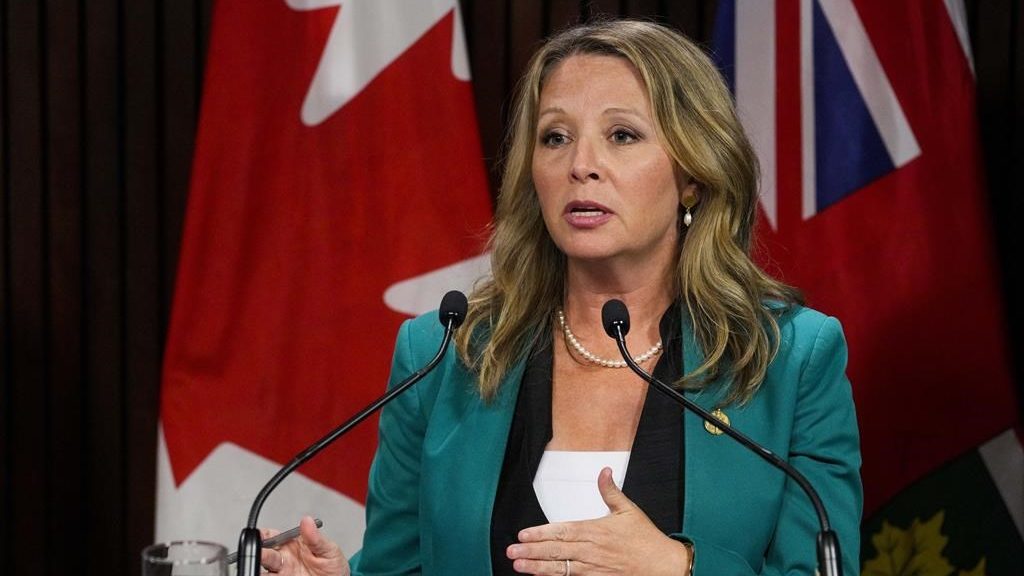Tax and investment experts looking for TFSA limit increase in federal budget
Posted Apr 15, 2015 01:24:22 PM.
This article is more than 5 years old.
OTTAWA – The Conservative government may have already revealed the biggest-ticket item for Canadians in the upcoming federal budget with its income-splitting plan, but investors are still waiting for more.
Chief among the goodies Finance Minister Joe Oliver is expected to unveil in next week’s budget is an increase in contribution limits for tax-free savings accounts.
Peter Bowen, vice-president of tax research and solutions at Fidelity Investments, says boosting the amount of money Canadians can park in TFSAs is likely the biggest tidbit for investors.
“The finance minister has somewhat telegraphed that, so we’re optimistic there,” Bowen said.
But he adds he doesn’t expect any other big changes like those in 2013 that closed several tax loopholes.
“We think they dealt with some significant loopholes a couple of years ago, so hopefully there isn’t another shoe to fall,” he said.
During the last election, the Conservatives promised to double the $5,000 annual TFSA limit to $10,000. Whether they’ll hike the limit — now standing at $5,500 — to $11,000, or stand firm at $10,000, isn’t known.
For Canadians already maxing out their TFSA contributions and putting cash in other non-tax sheltered accounts, an increase will help them save on their future tax bills.
For those who aren’t maxing out their contributions, the increase won’t mean much, though unused contribution room will continue to carry over so that if they find themselves with the cash down the road, they’ll be able to shelter it from taxation in TFSAs.
Charles Murphy, a tax partner at KPMG in Ottawa, says TFSAs allow Canadians to invest and avoid paying tax on the income and capital gains made on those investments.
“The current TFSA rules allow all those contributions to be accumulated and grow over time to a fairly significant number,” Murphy says.
For some Canadian families and investors, the biggest budget goodie will be income-splitting, a measure that will allow couples with children to slash their tax bill if one parent is in a higher tax bracket than the other.
The controversial plan, announced late last year, is one of several changes that will see the government increase its payments to parents of young children, including an increase in child-care expense deduction limits.
Up to $50,000 in income can be transferred to the lower paid spouse or common-law partner.
The measure promises to save families up to $2,000 — or $1,670 in Quebec — but critics say few Canadians will max out on the benefit and that it serves mostly well-heeled families.
Keith MacIntyre, a tax services partner at Grant Thornton in Halifax, noted past budgets have also included small tax breaks or other changes aimed at specific groups, and this year will likely be no different.
“There are always people that are bringing things to the attention of the government and wanting changes made,” he said.










